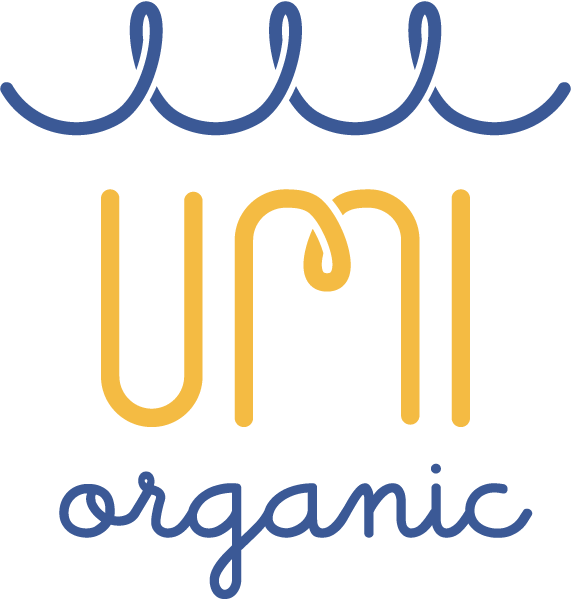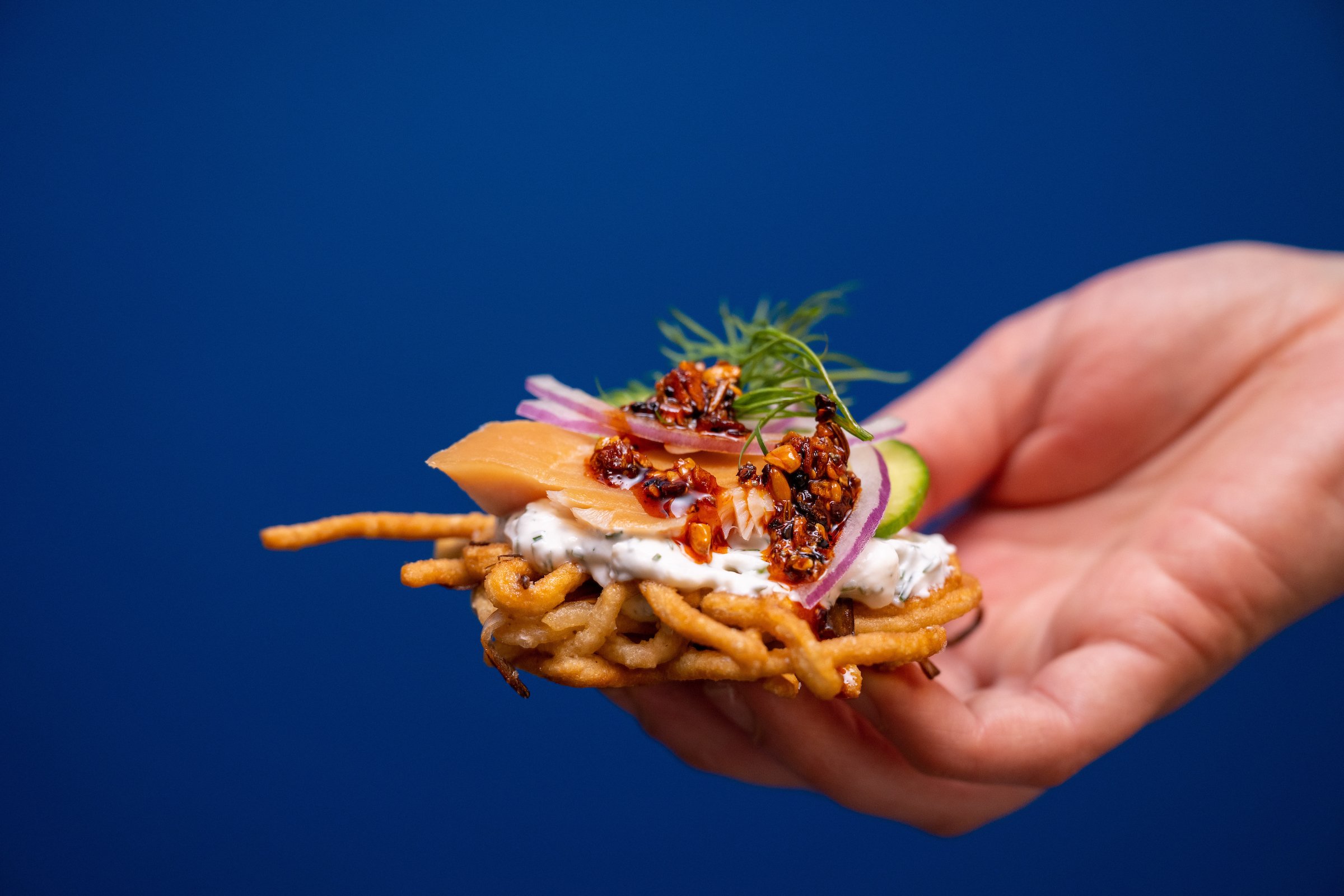Frequently Asked Questions
Do I boil Umi yakisoba noodles in water?
NO! Umi yakisoba noodles are parcooked. We recommend pan-frying them or roasting them in your oven. While they have been boiled, they must be reheated so that the starch can gelatinize, so do not eat our yakisoba cold from the package.
What is a standard serving size?
4 ounces of noodles.
What’s the shelf life for Umi yakisoba?
12 months in the freezer and 14 days in the refrigerator after thawing.
How long does it take to thaw frozen Umi yakisoba?
If you have a 20-pound case, we recommend giving yourself as much as 5 days to fully thaw the noodles. The noodles thaw faster if removed from the box and placed on the refrigerator shelf without touching other products.
What is the whole grain content of Umi yakisoba?
Umi yakisoba are made with 50 percent Oregon-grown and -processed whole grain flours. This categorizes our noodles as “whole grain rich.”
I work in school nutrition. How would I credit Umi yakisoba?
1 cup cooked (4 oz or 113 g) provides 2 oz equivalent grains. See our product formulation statement here.
How many people does one 5-pound package of Umi yakisoba feed?
15 to 25 people, depending on your appetites and the other ingredients you add.
Many yakisoba recipes call for adding a splash of water while you pan-fry the noodles. Should I do that when preparing Umi yakisoba?
No. Because we freeze our yakisoba after par-cooking, they retain moisture and do not need the extra oomph added water would bring. We recommend pre-cooking your vegetables and protein, setting them aside, and then roasting or pan-frying the noodles without stirring them for a minute before you loosen the noodles. Once the noodles are fully heated, add back the vegetables and protein to finish the dish. The last step is adding sauce and letting the whole dish cook briefly (1 to 2 minutes) until some of the noodles have a nice golden color.
What are the ingredients in Umi yakisoba noodles?
Whole Grain Wheat Flour* (Whole Grain Durum Flour*, Whole Wheat Flour*), Unbleached Enriched Flour* (Wheat*, Niacin, Iron, Thiamin Mononitrate, Riboflavin, Folic Acid), Water, Soybean or Salad Oil, Vital Wheat Gluten, Salt. *Organic.
What allergens are processed in the same facility as Umi yakisoba noodles?
Updated March 2025
Soy
Wheat (also an ingredient)











